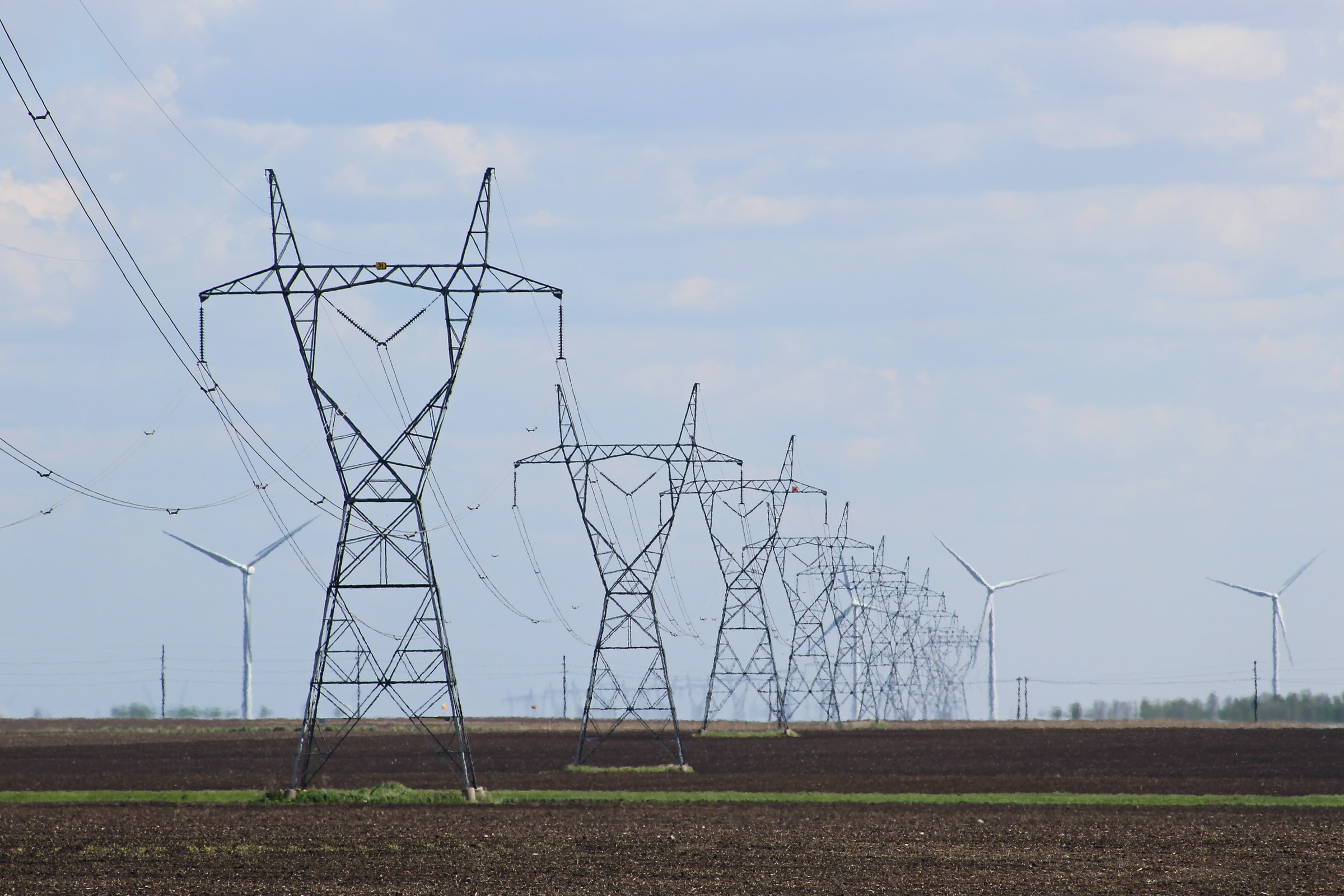Understanding the Value of Distributed Energy Resources

Understanding the Value of Distributed Energy Resources
Distributed energy resources (DERs) are important pathways in the clean energy transition. However, valuing these pathways is challenging. New research examines what value these technologies bring to the grid and how utilities should structure payments for them in the distributed energy system of tomorrow.
Bowen, Thomas, et al. “The Locational Value of Distributed Energy Resources: A Parcel-Level Evaluation of Solar and Wind Potential in New York State.” Energy Policy, 166 (2022): 112744, https://doi.org/10.1016/j.enpol.2021.112744.
Carvallo, J.P., Frick, N.M., Schwartz, L. “A review of examples and opportunities to quantify the grid reliability and resilience impacts of energy efficiency.” Energy Policy, 169 (2022): 113185, https://doi.org/10.1016/j.enpol.2022.113185
St John, Jeff. “‘Game-Changer’ FERC Order Opens Up Wholesale Grid Markets to Distributed Energy Resources.” Greentech Media. (Sept 17th, 2022). https://www.greentechmedia.com/articles/read/ferc-orders-grid-operators-to-open-wholesale-markets-to-distributed-energy-resources
The energy system is changing. Solar panels pop up in neighborhoods, utility companies advertise smart thermostats, and more people drive electric vehicles every year. These energy technologies scattered around the grid are called “Distributed Energy Resources” (DERs). Traditionally, utilities source power from large power plants. DERs, by definition, decentralize that production. New research examines the value of these technologies to the grid.
The four main categories of DERs are generation, storage, energy efficiency, and demand response. The most common DER is distributed generation (DG), which includes solar panels. These technologies that produce electricity are installed where the electricity is used, on-site at a home or business, or on the distribution system itself. Battery storage may be deployed to shift when consumers pull power from the grid. Storage can also be utilized to help balance the grid. Energy efficiency solutions lower energy use while achieving the same level of service. Examples include installing an LED light bulb that uses less electricity, insulating a building to reduce heating and cooling needs, or upgrading an air conditioner to a more efficient model. Lastly, demand response resources shift energy consumption in response to electricity prices or a utility incentive program. For example, a utility can compensate a manufacturing plant for adjusting equipment operating schedules. Given the appropriate incentives, DERs have the potential to provide tremendous value to the grid, consumers, and the environment, but it is challenging to quantify and compensate their impact.
Existing compensation frameworks for DERs are rudimentary. Distributed generation is generally compensated through net energy metering (NEM) or net billing (NB). The utility compensates the owner of solar panels at a defined rate for every kilowatt-hour of electricity produced. Under NEM, this rate equals the rate customers pay for electricity (the retail rate). Under NB, the utility sets a flat rate that is usually lower than the retail rate. In turn, consumers who invest in energy efficiency upgrades receive cash incentives from their utility. “Cost-effectiveness tests” quantify the system benefits provided by the energy efficiency upgrade and determine the incentive payment amount. Demand response programs pay customers directly for reducing energy use when the grid is constrained. Batteries are compensated either through demand response programs or through the sale of grid-supporting services. This existing compensation for DERs effectively kickstarted DER development, but research shows that more accurate incentives (varying by time and location) will ensure that DERs bring value to the power system.
NEM pays solar in all places and times at the same value. Under NEM, socioeconomic status (rather than grid constraints) largely drives where DG is developed. New York State created the Value of Distributed Energy Resources (VDER) framework to align the incentives for distributed generation with power system needs. For example, a DER is more valuable if it is in an area that would otherwise require an expensive transformer upgrade. Similarly, a DER that performs during a peak grid constraint is more valuable than one that performs at other times. The VDER calculator quantifies five separate DER benefits (avoided energy, avoided capacity, environmental benefit, demand reduction, and locational system relief) to determine how much each unique project should be paid. More nuanced frameworks like VDER attempt to shift development from simply the wealthy neighborhoods to areas of high grid constraint.
In a recent issue of Energy Policy, Bowen et al. modeled hundreds of thousands of distributed solar and wind systems that had different locations and hourly generation patterns. Then, they calculated how VDER would compensate each system. The authors aimed to report the full range of compensation that distributed generation would receive under the VDER framework. They also sought to determine how the compensation from VDER affects the financial viability of these technologies.
The authors found only 5 percent of distributed solar sites receive substantial location-specific compensation under the VDER framework. These are in highly grid-constrained areas. Distributed wind received even less location-specific compensation. These results indicate that the timing of solar generation is more beneficial to the grid than wind. It also confirms that the VDER framework drives DG investment where it is most needed.
Bowen et al. further found that in most scenarios, customers receive more compensation for DG under NEM than VDER. On average, NEM compensation was higher by 6 percent for distributed solar and 15 percent for distributed wind. Switching from NEM to VDER therefore hurts the economics of distributed wind and solar. Authors did note that plenty of financially viable projects remain under VDER. In theory, declining costs in the solar and wind industries would help to absorb this decrease in compensation.
New York’s VDER framework better incentivizes DGs in the right places and times when compared to NEM, but it still fails in two ways. VDER only applies to DG and not to other forms of DERs (storage, energy efficiency, and demand response). VDER also fails to adequately compensate reliability and resilience benefits. Reliability is defined as consistent access to power. Utilities and regulators measure reliability by tracking the frequency and duration of power outages. Resilience is the capacity of individuals and the utility to survive and recover from a power outage.
Carvallo et al. argue in their recent article in Energy Policy that the reliability and resilience benefits provided by energy efficiency are not reflected under current metrics. The authors explain that utilities currently evaluate reliability by calculating ‘Value of Lost Load’ (VOLL). This estimates the amount customers would pay to avoid a power outage. The authors argue that the VOLL fails to value reliability in several key ways. First, ‘willingness-to-pay’ does not reflect the full impact an outage may have on customers. Second, customers have a range of vulnerabilities to outages. A singular VOLL number doesn’t capture this. Third, VOLL numbers do not vary by time of day or season. Outages will have a greater impact during a winter evening than a mild fall day. Lastly, VOLL calculations are based on data from short rather than long-term outages.
In contrast, resiliency does not have consistent metrics. The authors demonstrate the resiliency value of DERs through several examples: a well-insulated home staying warmer longer during a winter outage; building efficiency reducing the amount of power that utilities must restore during an outage; and demand response programs curtailing loads during peak events to prevent system-wide equipment failure. DERs bring tremendous resiliency value to the grid in ways that are not quantified or compensated.
As climate change increases the frequency and intensity of natural disasters, reliability and resilience become crucial resources. The authors propose a few strategies to improve the valuation of DER reliability and resilience benefits. Developing better metrics is a top priority. The VOLL calculation must incorporate customer-specific and economy-wide impacts of outages. Long-term grid planners must consider DERs as a tool to meet grid requirements, rather than relying solely on traditional, supply-side resources. In doing so, they must adequately value all benefits offered by DERs. When utilities consistently quantify resiliency and reliability benefits, DERs can be deployed to make communities stronger.
The two reviewed papers focus on benefits but not costs. It is easy for the energy industry to disregard DERs as part of the transition to clean energy because of their relatively high prices. Distributed energy projects are generally smaller-scale, so their levelized costs (cost per unit of energy) tend to be higher than utility- or commercial-scale projects. It is cheaper to install 1,000 solar panels than it is to install 10 on a per-kWh-basis. Utilities also earn a guaranteed rate-of-return on utility-scale projects, while DERs simply reduce their sales of electricity. Grid planners and energy developers alike prefer to think about large-scale projects.
DERs hold massive potential to help meet clean energy goals. In September 2020, Neil Chatterjee, the Federal Energy Regulatory Commission Chairman, noted that up to 380 gigawatts of DER capacity could be added to the grid in the next few years. The United States has a current capacity around 1,200 GW, so this means that DERs could meet up to a third of the country’s energy capacity needs. As Chatterjee says, “DERs can hide in plain sight in our homes, businesses, and communities, but their power is mighty.” If existing incentives continue, DERs will be developed in sub-optimal locations. Utility planners and regulators must find ways to more granularly and precisely value DERs. This way, they can tap into the potential for DERs to bring economic, social, and environmental benefits to utilities and communities alike.




